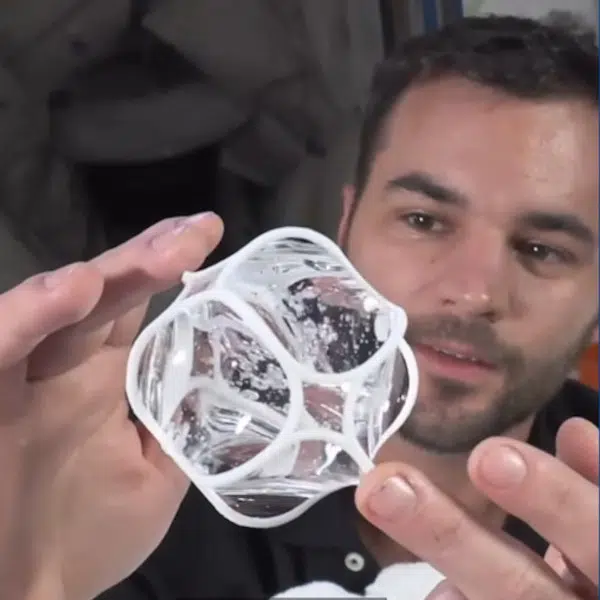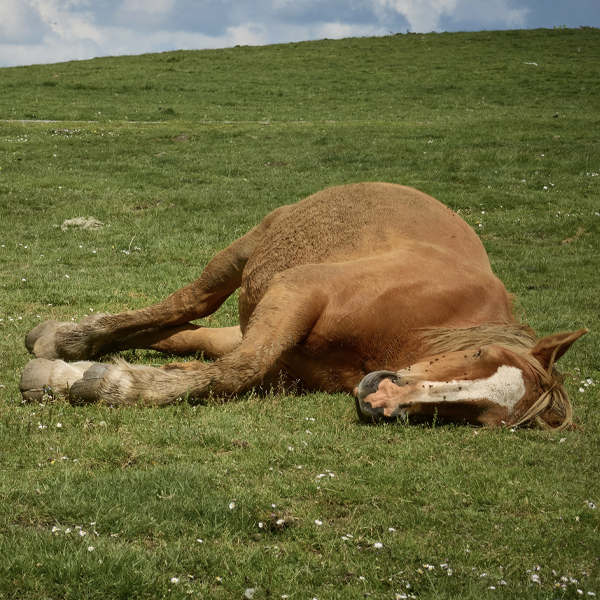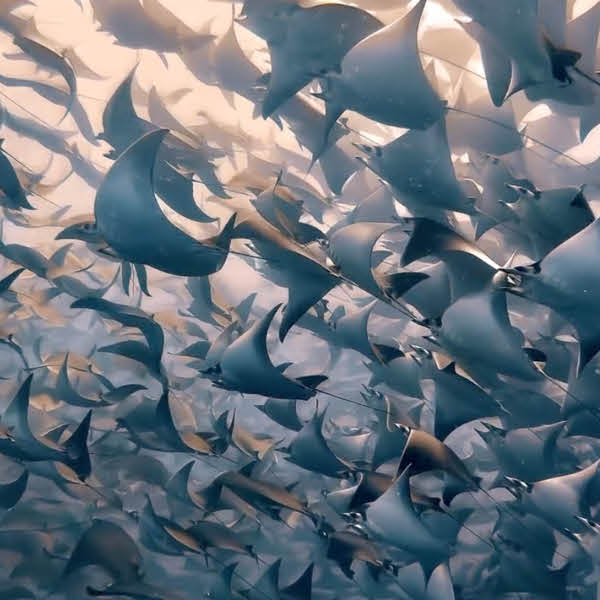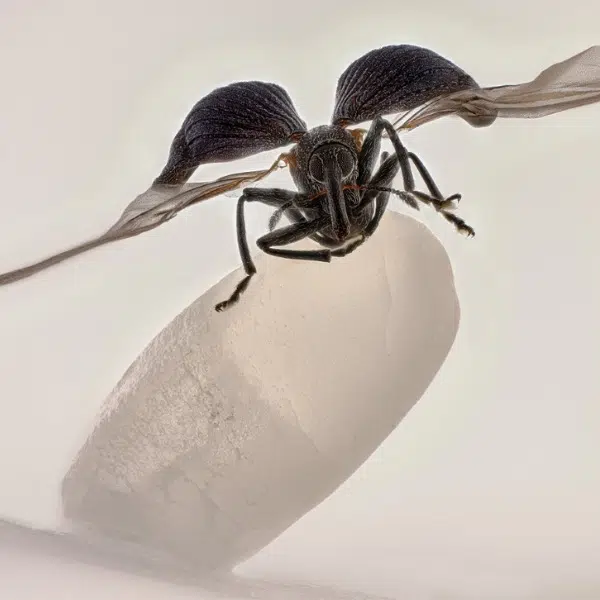
Green milkweed grasshopper
This post may contain affiliate links. If you make a purchase, My Modern Met may earn an affiliate commission. Please read our disclosure for more info.
Representing 80% of all animal species, insects are some of the most abundant animals on Earth. And yet, there is so much that your average person doesn't know about these fascinating creatures. Thankfully, Smithsonian has taken it upon itself to highlight some of the most fascinating examples of these colorful animals with the Smithsonian Handbook of Interesting Insects.
Each insect was selected from the 34 million specimens located in London's Natural History Museum. Over one hundred of the most significant bugs were chosen to get a full photographic layout accompanied by a short description. The book was curated by entomologists Gavin Broad, Blanca Huertas, Ashley Kirk-Spriggs, and Dmitry Telnov, who worked tirelessly to showcase a wide range of interesting insects.
“Our hope is that by drawing attention to some of the amazing variety of insect life, people will appreciate a bit more the explosion of color and form at the tiny scale,” shares Gavin Broad, who is the principal curator in charge of insects at the Natural History Museum. “And that acting to conserve the natural world will help ensure this diversity of life continues to thrive forever, rather than only being known from old museum specimens.”
Selections include the Claudina butterfly, whose crimson wings are beautiful in their own right but are nothing compared to the surprise of its underwings. Splashed with bright fuchsia and violet patches, this explosion of color is complemented by yellow tufts called the androconia. These are used to release pheromones that become vital in courtship.
Color is also on display when looking at a large African insect known as the Green milkweed grasshopper. Its rainbow-hued hind wings are typically hidden away when at rest, but are used when needed to scare off predators. And beware, when startled, it releases a noxious fluid from its thorax that is derived from the poisonous plants it feeds on.
These are just some of the wasps, moths, beetles, and butterflies that are included in the Smithsonian guide. Filled with scientific information, but written to be accessible, it's the perfect book for any insect lover.
Smithsonian Handbook of Interesting Insects is a guide to the world's most fascinating bugs.
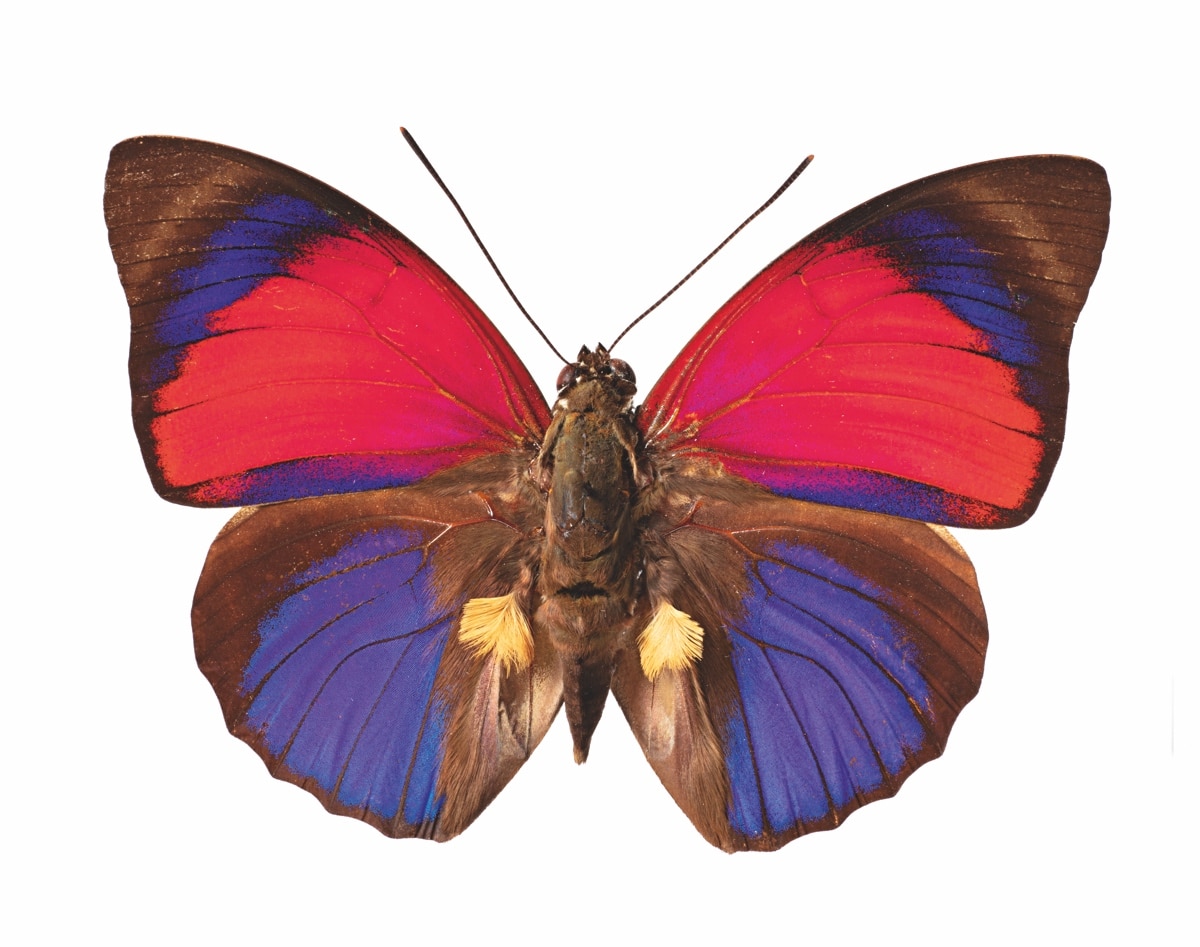
Claudina Butterfly
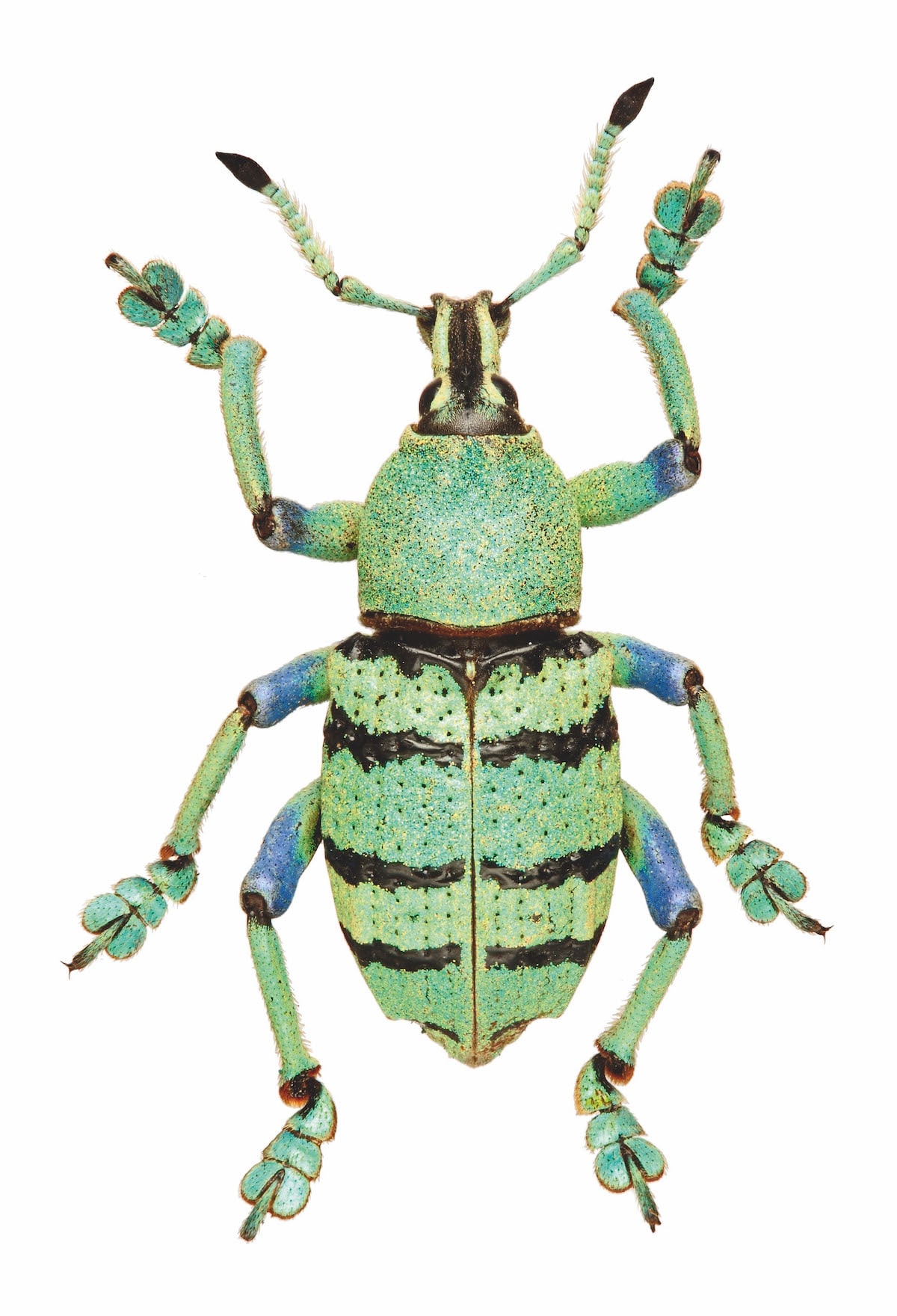
Papuan Green Weevil
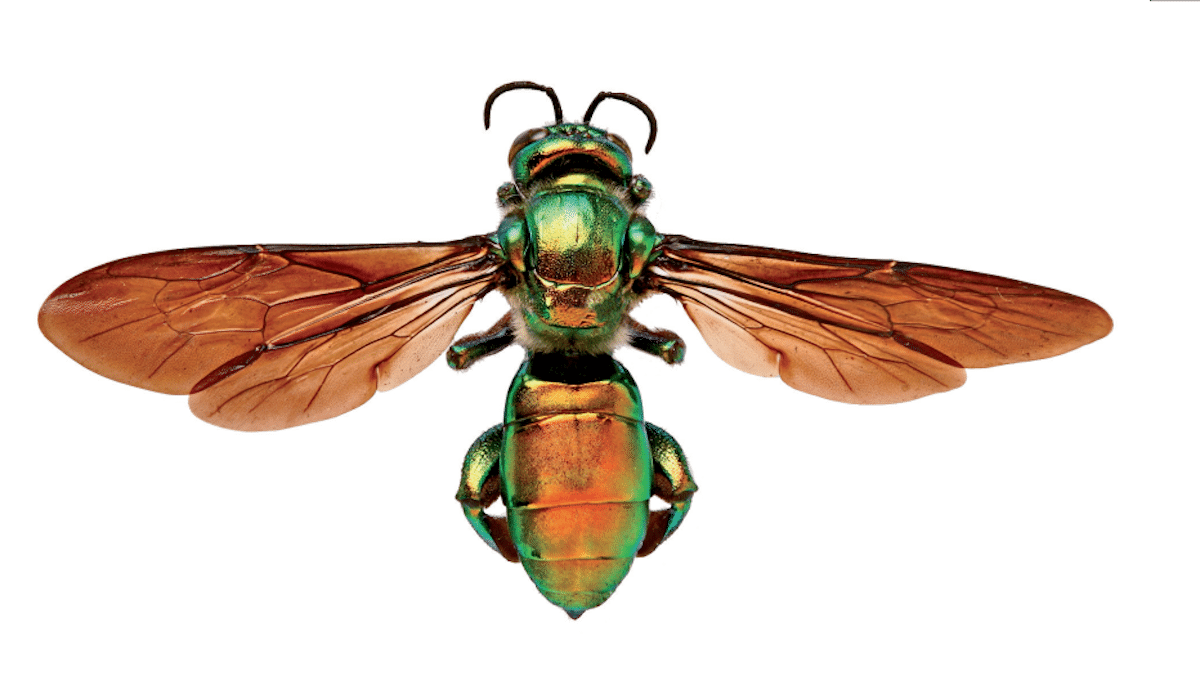
Orchid Cuckoo Bee
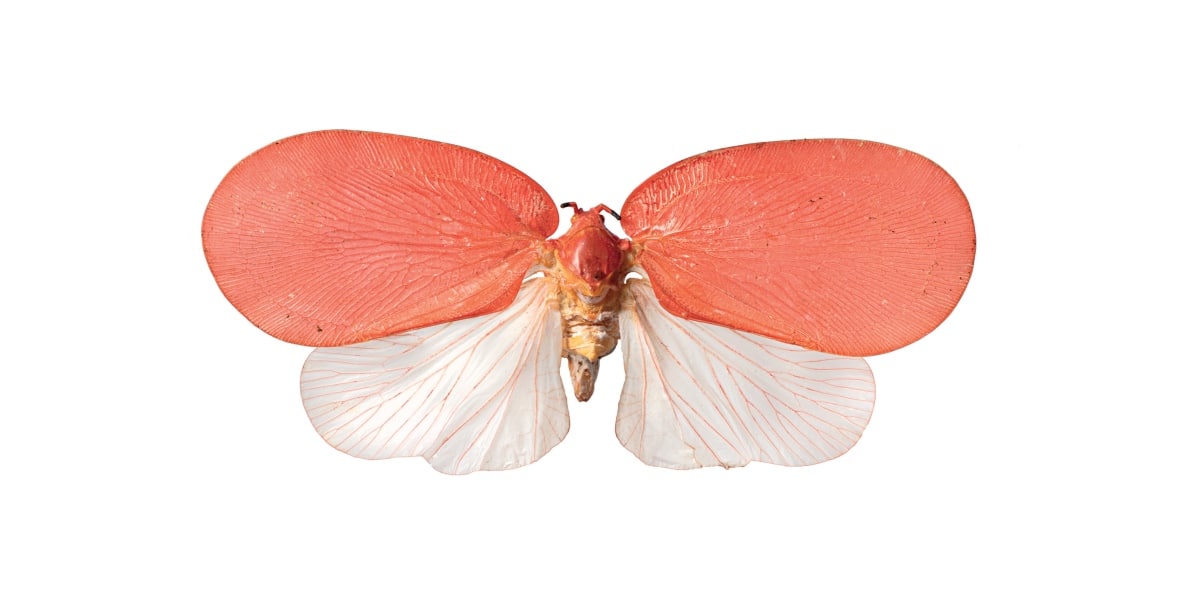
Flatid Planthopper
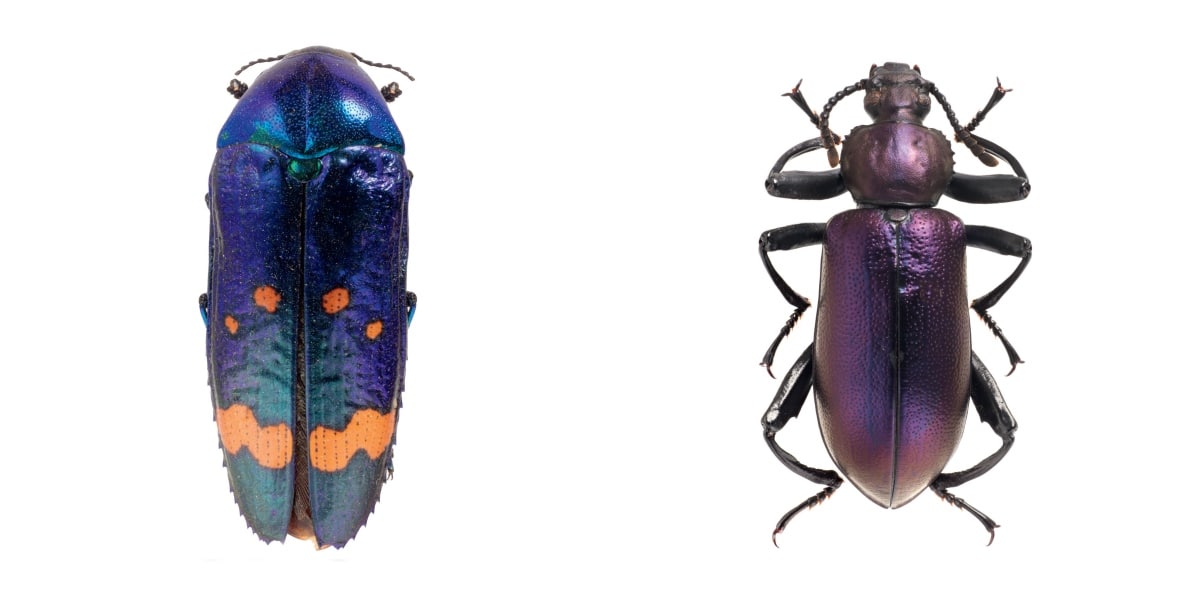
Left: Brazilian Jewel Beetle | Right: Darkling Beetle











































































